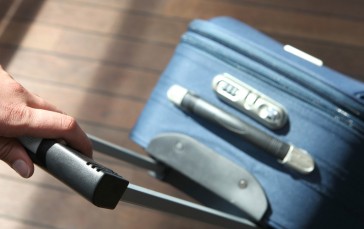How To Get Over A Fear of Flying
As far as phobias go, fear of flying – also known as aviophobia – is definitely up there as something that isn’t ridiculous. Not that any phobia is ridiculous, although there are some phobias that are stranger than others, but if you consider why someone would be afraid of flying, you can’t act like they’re being melodramatic.
In fact, fear of flying is one of the most common phobias in the world, with between 2.5% and 6.5% of the population claiming to suffer from some degree of aviophobia. This percentage is similar to claustrophobia (fear of enclosed spaces) and mysophobia (fear of germs), but more than a driving phobia or catching the bus phobia.
This is strange, as you’re more likely to suffer injury or death in a car or a bus than you are on an airplane, so why are people scared of flying? Here are a few ideas as to what could cause aviophobia in even the toughest, roughest, most badass dude you know, and tips on how to solve your fear of flying, and experience all the wonders the world has to offer.
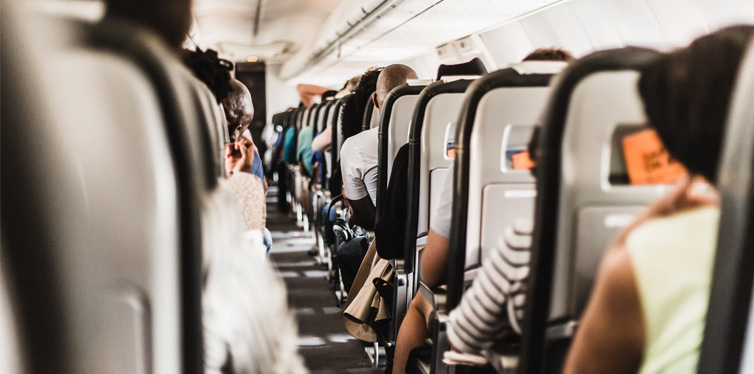
Common Reasons for Fear of Flying
Lack of Control
Putting your faith in anybody can lead to anxiety, especially somebody you’ve never even met before, and when traveling high above the earth this anxiety is likely to only get worse. Considering you are a mere passenger during a flight, you don’t have the same control over your fate or destiny as you would if driving a car or even walking somewhere.
You could compare this to bus journeys or taxi rides, but it is the fact you’re so high up that is the most unnerving aspect. For many, there is literally nothing they can do about their trip, and they can only sit in their seat for the duration of the flight. This feeling of helplessness and lack of control is a major factor for inspiring fear no matter who you are.
A Lack of Understanding
Maybe they’ve watched too much Lost, maybe they were traumatized by too-close reading of The Lord of the Flies at school, although, the crash is far from the most terrifying part of that novel, or maybe they just haven’t done the research. Whatever it is, for some sufferers of aviophobia, a lack of understanding over how the plane works, and the amount of things that need to go wrong for you to be in any real danger can contribute to an all-encompassing fear that can be hard to get over.
It’s Affected By Adjacent Fears
It isn’t just the act of flying that causes this phobia, but instead the feeling is exacerbated alongside two other fears. These are claustrophobia and agoraphobia, or the fear of confined spaces, and the fear of being unable to escape, respectively.
On an airplane, you’re not just hurtling through the air, but you’re also essentially trapped in a small cabin. This alone is understandable, and combine it with no means of escape should something go wrong, anyone even the slightest bit nervous about flying will have a rough time.
A Previously Bad Experience
You might remember it, you might not, but if you’ve had a bad experience flying in the past, this could mean that you suffer from at least a mild fear of flying right now. If you’re struggling to understand why you’re so scared of climbing into the cabin, it might be worth having a chat with parents or relatives who recall what reason has made you so nervous about taking flight.
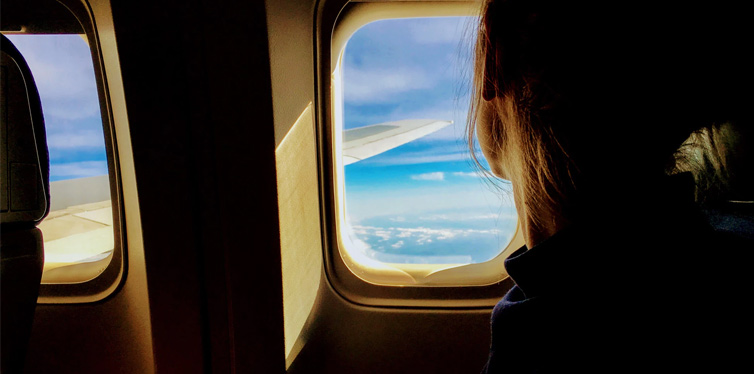
What You Can Do About It
Just because you’re scared now though doesn’t mean you need to feel this way forever. As much as you believe it to be possible, you can’t avoid flying for the rest of your life, and so taking the steps to get over your fear of flying right now will be much easier than trying it later. So, without further ado, here’s what you can do to step onto your next flight with confidence and not a care in the world.
1. Don’t Fear Turbulence
For many people, turbulence is the worst part of flying. While airline crews will do their best to ease your fears, there will always be times where you suddenly feel that uncomfortable drop in your stomach, kind of like one on a rollercoaster, but with none of the fun.
It also doesn’t help that there’s always someone or a group of people who find the turbulence hilarious, or at least are trying to mask their fear with whees and whoops and nervous laughter. While it’s not the best method of dealing with your fear considering it helps no one around you, minimizing the terrifying aura around turbulence could easily reduce your nervousness and help you overcome your issues with it, if not flying altogether.
2. Outsmart Your Anxiety
The thing about phobias is that they are irrational. They make little sense and often, it’s just your brain tricking you into thinking this is something you absolutely need to be terrified of. This is how the phobia has manifested and grown and become so difficult to deal with as you’ve grown older.
Only, it’s easier than you think it is to outsmart your anxiety. This isn’t just by ignoring it – which we understand can be hard to do, and rarely does much good, anyway – but more doing the opposite of what it wants you to do. If you feel you need to get off the plane, turn it around on itself and recognize that you need to stay on the plane.
This won’t work perfectly the first few times you try it, but it’s all about training your body to understand the things you fear aren’t always as scary as you believe.
3. Understand the Safety Features
Here’s the thing: an airplane is filled with a plethora of special safety features that work together in the event that something goes wrong. They also give pilots training every six months to ensure they never forget what to do in case of emergency.
Learning about these features and protocols can help put your mind at ease and embracing the knowledge you will be looked after in most situations will give you a better appreciation for what the pilots are capable of. Remember that these guys are professionals, and they’ve gone through drills for every potential disaster many times before. You’re in safe hands.
What will also help is educating yourself about the likelihood of something going wrong. Knowing statistics (which we talk about more below) can help to ease any worries you have, and may make you look at potential problems from a different perspective.
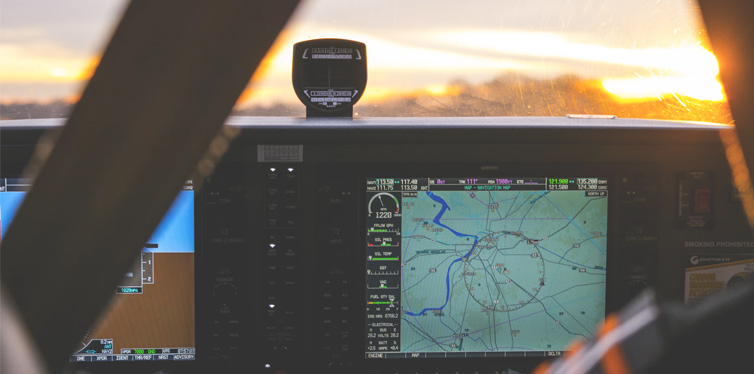
4. Expose Yourself (No, Not Like That)
No, seriously not like that, even for the simple reason that we don’t want to give other people a fear of flying due to you and your lack of public boundaries. Instead, we’re talking about you exposing yourself to flying as a means of your own therapy.
This means you should try to fly as often as possible. We’re not suggesting you plan vacations every other week until you’ve gone broke, but flying whenever you can will soon help you realize there’s little (and eventually nothing) to be scared about.
To make things more comfortable for you, start by taking short one or two hours flights if possible and then you can eventually graduate to long-haul flights whether they’re across the country or across the globe. You can even use your eventual destination as a reward for making it all the way there. We hear Bali is nice this time of year.
5. Attend a Fear of Flying Clinic or See a Therapist
A fear of flying clinic uses Cognitive Behavioral Therapy to alter the way you approach flying. This is done by providing testimonials from pilots, psychologists, and also providing behind-the-scenes insights and visits to eliminate the mystery around flying.
If a one-off clinic doesn’t work, then there’s always the option of therapy to get over your fear. This should help you understand why you struggle with flying so much, and could lead to important, life-changing breakthrough for you that’ll see you jet-setting in no time.
6. Talk to The Pros
By pros, we mean the guys and girls who take charge of our aircraft every single day. These are people who live on the other side of the curtain who deal with the problems you’re terrified about every single day.
Taking the time to have a quick chat with them before the flight can do wonders for easing any fears you might have. Above anyone else, these are the people who have been there, done that, and got more than a couple of t-shirts.
If you’re still unsure, think about how worried they must get if something doesn’t seem right. Like we said above, though, these guys are professionals and are prepared for whatever could (not will) go wrong.
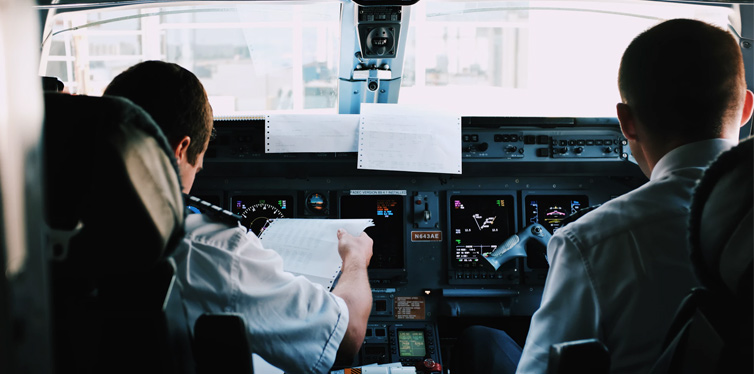
7. Allow Your Logic to Overcome Your Fears
Seriously, what are the chances that something goes wrong while you’re in the air? According to statistics, the chances of you being in a plane crash are 1 in 1.2 million. If that still doesn’t convince you-you’ll be okay, the chances of dying in a plane crash are 1 in 11 million.
It’s statistics like these that make the whole flying thing seem much more manageable. When you couple this knowledge knowing right now planes are the safest they’ve ever been in history, you’ll come to a conclusion that there’s really nothing to be concerned about, so just sit back, relax, and enjoy the ride.
8. Knock Yourself Out
You can’t be scared if you’re unconscious, right? Even though it should probably be considered a last resort, using medication to ease your fears will at the very least make your flying a little more bearable. Other sufferers of aviophobia rely on sleeping or anti-anxiety pills, while others trust a beer or two before boarding to ease their nerves and send them off to sleep before you’ve even taken off. Just don’t mix these two methods for obvious reasons.
If we suggest this, though, we also have to remind you of the responsibilities associated with self-medicating. It’s important to not rely on this too much, as it can have strange and undesirable psychological effects, and you may soon find you can’t go to sleep or travel anywhere without this medication.
For this reason, you should only rely on medication if you only fly a few times a year, as we don’t want you developing a dependency that could cause you problems.
9. Find Your Most Comfortable Seat
Sometimes, it’s as simple as finding the right seat in the house. Some people prefer a window seat so they can get an idea of where they are or what is beneath them, others elect the aisle so they don’t need to know that (and also get some crucial leg room), and others just like to sit in the middle. Why? Well, you get two armrests, and what screams comfort better than that?
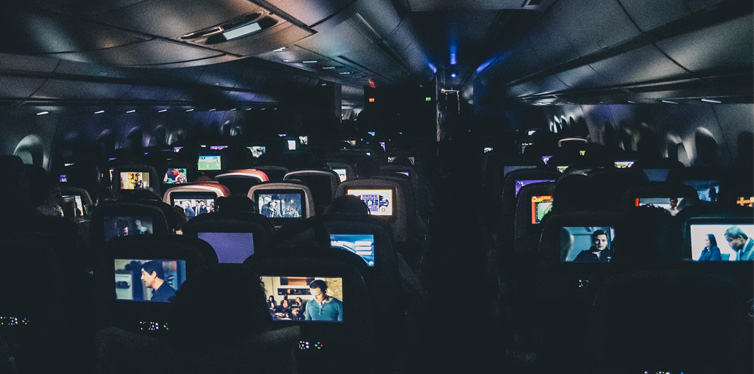
10. Take a Flying Lesson
By completely flipping the responsibility onto yourself, you’ll realize that flying isn’t that bad at all. Many things in life will appear more challenging or terrifying than they are until you try them yourself. We’re not saying flying is a piece of cake, but seeing all the buttons, gizmos, and gadgets will make you feel more comfortable when you’re back in the cabin.
It doesn’t even need to be a real plane, you can even check out flight simulators to give you that much-needed push towards better flying confidence.
Take to the Skies
We’re not promising you’ll suddenly love flying, we honestly don’t think anybody truly loves it, but this advice should do enough to help you so you don’t spend your next flight clutching the armrest and sweating for the duration. So relax, enjoy the in-flight entertainment, (try to) enjoy the food, and make your next the first flight of many more to come.
Sources
- Top 10 Fears of All Time – Fear Of


